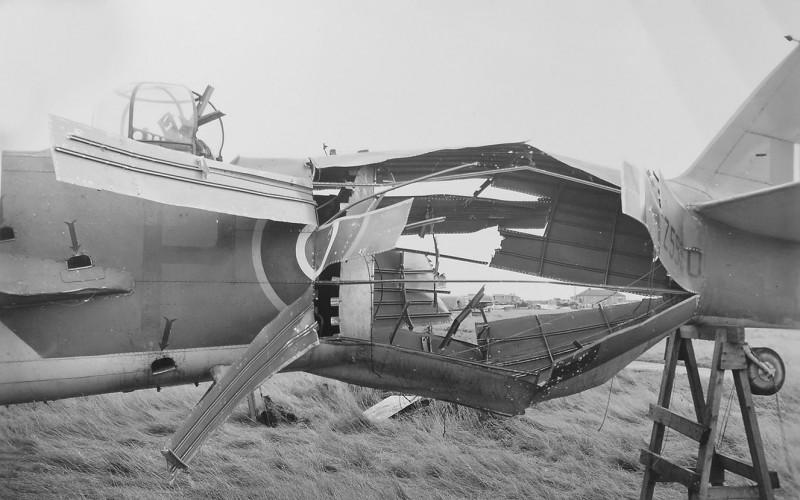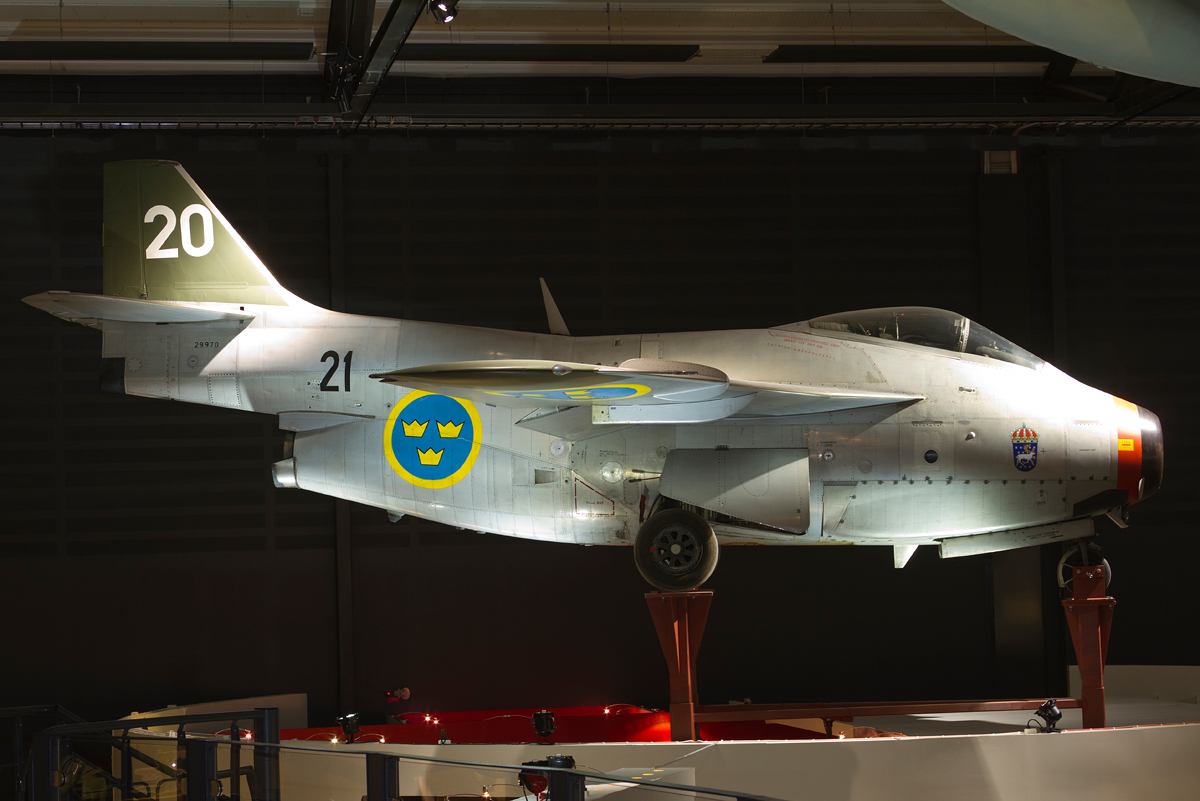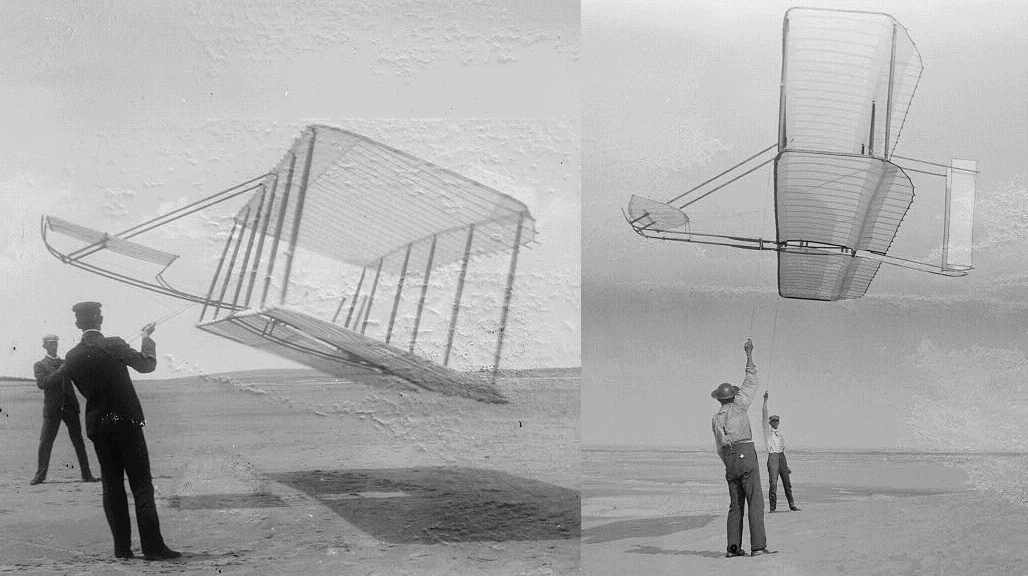|
Saab 32
The Saab 32 Lansen (English: Lance) is a two-seat, transonic military aircraft designed and manufactured by Saab AB from 1955 to 1960 for the Swedish Air Force (''Flygvapnet''). Three principal variants of the Lansen were built for attack (A 32A), fighter (J 32B), and reconnaissance (S 32C). During its long operational life, the Saab 32 also served in the electronic warfare role and as a target-tug. Development In Autumn 1946, the Saab company began internal studies aimed at developing a replacement aircraft for the Saab B 18/S 18 as Sweden's standard attack aircraft.''Saab'' 30 December 1960. p. 1017. In 1948, Saab was formally approached by the Swedish Government with a request to investigate the development of a turbojet-powered strike aircraft to replace a series of 1940s vintage attack, reconnaissance and night-fighter aircraft then in the Flygvapnet: the B 18/S 18, J 21R/A 21R and J 30 (de Havilland Mosquito). Out of several differing design studies performed, including ... [...More Info...] [...Related Items...] OR: [Wikipedia] [Google] [Baidu] |
WikiProject Aircraft
A WikiProject, or Wikiproject, is a Wikimedia movement affinity group for contributors with shared goals. WikiProjects are prevalent within the largest wiki, Wikipedia, and exist to varying degrees within sister projects such as Wiktionary, Wikiquote, Wikidata, and Wikisource. They also exist in different languages, and translation of articles is a form of their collaboration. During the COVID-19 pandemic, CBS News noted the role of Wikipedia's WikiProject Medicine in maintaining the accuracy of articles related to the disease. Another WikiProject that has drawn attention is WikiProject Women Scientists, which was profiled by '' Smithsonian'' for its efforts to improve coverage of women scientists which the profile noted had "helped increase the number of female scientists on Wikipedia from around 1,600 to over 5,000". On Wikipedia Some Wikipedia WikiProjects are substantial enough to engage in cooperative activities with outside organizations relevant to the field at issue. For e ... [...More Info...] [...Related Items...] OR: [Wikipedia] [Google] [Baidu] |
De Havilland Mosquito
The de Havilland DH.98 Mosquito is a British twin-engined, shoulder-winged, multirole combat aircraft, introduced during the Second World War. Unusual in that its frame was constructed mostly of wood, it was nicknamed the "Wooden Wonder", or "Mossie". Lord Beaverbrook, Minister of Aircraft Production, nicknamed it "Freeman's Folly", alluding to Air Chief Marshal Sir Wilfrid Freeman, who defended Geoffrey de Havilland and his design concept against orders to scrap the project. In 1941, it was one of the fastest operational aircraft in the world.Bowman 2005, p. 21. Originally conceived as an unarmed fast bomber, the Mosquito's use evolved during the war into many roles, including low- to medium-altitude daytime tactical bomber, high-altitude night bomber, pathfinder, day or night fighter, fighter-bomber, intruder, maritime strike, and photo-reconnaissance aircraft. It was also used by the British Overseas Airways Corporation as a fast transport to carry small, high-value c ... [...More Info...] [...Related Items...] OR: [Wikipedia] [Google] [Baidu] |
Bofors
AB Bofors ( , , ) is a former Swedish arms manufacturer which today is part of the British arms concern BAE Systems. The name has been associated with the iron industry and artillery manufacturing for more than 350 years. History Located in Karlskoga, Sweden, the company originates from the hammer mill "Boofors", which was founded as a royal state-owned company in 1646. The modern corporate structure was created in 1873 with the foundation of Aktiebolaget (AB) Bofors-Gullspång. The Bofors Works was acquired by Johan Eberhard Geijer in 1762. It was then acquired by the latter's brother, Emanuel af Geijerstam. A leading Swedish steel producer by the early 1870s, when steel began to be used for gun manufacture in Sweden, Bofors initially sold cast and forged steel produced by the Siemens-Martin process to Finspång gun works, but soon started to expand into weapons manufacture. The company's first cannon workshop was opened in 1884. Bofors' most famous owner was Alfred Nob ... [...More Info...] [...Related Items...] OR: [Wikipedia] [Google] [Baidu] |
ADEN Cannon
The Royal Small Arms Factory ADEN cannon (ADEN being an acronym for "Armament Development, Enfield") is a 30 mm revolver cannon used on many military aircraft, particularly those of the British Royal Air Force and Fleet Air Arm. Developed post-World War II primarily to meet British Air Ministry's requirement for increased lethality in aircraft armament, the cannon was fired electrically and is fully automatic once it is loaded. Design and development During World War II, the German firm Mauser began development of a radically new 20 mm autocannon using a motorised firing mechanism in order to improve the rate of fire. The weapon got the preliminary designation Mauser MG 213 and by the late-war period the design was beginning to mature. However the presence of large heavy bombers like the Boeing B-17 Flying Fortress and Avro Lancaster led to the need of up-arming ''Luftwaffe'' fighter aircraft with heavier cannons. Mauser responded to this by adapting the MaschinenGew ... [...More Info...] [...Related Items...] OR: [Wikipedia] [Google] [Baidu] |
Saab 35 Draken
The Saab 35 Draken (; 'The Kite' or 'The Dragon') is a Swedish fighter-interceptor developed and manufactured by Svenska Aeroplan Aktiebolaget (SAAB) between 1955 and 1974. Development of the Saab 35 Draken started in 1948 as the Swedish air force future replacement for the then also in development Saab 29 Tunnan dayfighter and Saab 32B Lansen night fighter. It featured an innovative but unproven double delta wing, which led to the creation of a sub-scale test aircraft, the Saab 210, which was produced and flown to test this previously-unexplored aerodynamic feature. The full-scale production version entered service with frontline squadrons of the Swedish Air Force on 8 March 1960. It received the designation Flygplan 35 (Fpl 35; 'Aeroplane 35') and was produced in several variants and types, most commonly as a fighter type with the prefix ''J'' (J 35), standing for ''Jaktflygplan'' (Pursuit-aircraft), the Swedish term for fighter aircraft. The Saab 35 Draken is known for, amo ... [...More Info...] [...Related Items...] OR: [Wikipedia] [Google] [Baidu] |
Saab 29 Tunnan
The Saab 29 ''Tunnan'', colloquially ''Flygande tunnan'' or just ''Tunnan'' ( en, "The flying barrel", "The barrel"),. is a Swedish fighter that was designed and manufactured by Saab in the late 1940s. It was the second turbojet-powered combat aircraft to be developed in Sweden, the first being the Saab 21R, and it was the first Western European fighter to be produced with a swept wing post World War II, only being preceded in Western Europe as a whole by the Me 262 built during the war.Boyne 2002, p. 547."1940s." ''Saab'', Retrieved: 27 March 2016. Despite its rotund appearance, from which its name is derived, the J 29 was fast and agile and served effectively in both fighter and roles into th ... [...More Info...] [...Related Items...] OR: [Wikipedia] [Google] [Baidu] |
Messerschmitt P
Messerschmitt AG () was a German share-ownership limited, aircraft manufacturing corporation named after its chief designer Willy Messerschmitt from mid-July 1938 onwards, and known primarily for its World War II fighter aircraft, in particular the Bf 109 and Me 262. The company survived in the post-war era, undergoing a number of mergers and changing its name from Messerschmitt to Messerschmitt-Bölkow-Blohm before being bought by Deutsche Aerospace (DASA, now part of Airbus) in 1989. History Background In February 1916, the south German engineering company MAN AG and several banks purchased the unprofitable aircraft builder Otto-Flugzeugwerke, starting a new company, ''Bayerische Flugzeugwerke AG'' (abbreviated ''B.F.W.''). The articles of association were drawn up on 19 and 20 February, and completed on 2 March 1916. Details of the company were recorded in the Commercial Register with an equity capital of RM 1,000,000 on 7 March 1916. 36% of the capital was provided ... [...More Info...] [...Related Items...] OR: [Wikipedia] [Google] [Baidu] |
Saab J 32E Lansen (32612) 1
Saab or SAAB may refer to: Brands and enterprises * Saab Group, a Swedish aerospace and defence company, formerly known as SAAB, and later as Saab AB ** Datasaab, a former computer company, started as spin off from Saab AB * Saab Automobile, a former Swedish automobile manufacturer, formerly a division of Saab AB ** SAABO, a caravan (camper/travel trailer) produced by Saab Automobile from 1964 to 1968 * Saab-Scania, the former corporate group formed by Saab AB and Scania-Vabis People with the surname * Alejandro Saab (born 1994), American voice actor * Alex Saab (born 1971), Colombian businessman charged with money laundering * Elie Saab (born 1964), Lebanese fashion designer * Hassan Saab (born 1922), Lebanese diplomat and political scientist * Jocelyne Saab (1948–2019), Lebanese filmmaker * Karin Saab (born 2001), Venezuelan footballer * Tarek Saab (born 1963), Venezuelan politician * Tarek Saab (born 1978), candidate on ''The Apprentice'' * Valeska Saab (born 1984), Ecuador ... [...More Info...] [...Related Items...] OR: [Wikipedia] [Google] [Baidu] |
Fire-control System
A fire-control system (FCS) is a number of components working together, usually a gun data computer, a director, and radar, which is designed to assist a ranged weapon system to target, track, and hit a target. It performs the same task as a human gunner firing a weapon, but attempts to do so faster and more accurately. Naval based fire control Origins The original fire-control systems were developed for ships. The early history of naval fire control was dominated by the engagement of targets within visual range (also referred to as direct fire). In fact, most naval engagements before 1800 were conducted at ranges of . Even during the American Civil War, the famous engagement between and was often conducted at less than range. Rapid technical improvements in the late 19th century greatly increased the range at which gunfire was possible. Rifled guns of much larger size firing explosive shells of lighter relative weight (compared to all-metal balls) so greatly increa ... [...More Info...] [...Related Items...] OR: [Wikipedia] [Google] [Baidu] |
Man-hour
A man-hour (sometimes referred to as person-hour) is the amount of work performed by the average worker in one hour. It is used for estimation of the total amount of uninterrupted labor required to perform a task. For example, researching and writing a college paper might require eighty man-hours, while preparing a family banquet from scratch might require ten man-hours. Man-hours exclude the breaks that people generally require from work, e.g. for rest, eating, and other bodily functions. They count only pure labor. Managers count the man-hours and add break time to estimate the amount of time a task will actually take to complete. Thus, while one college course's written paper might require twenty man-hours to carry out, it almost certainly will not get done in twenty consecutive hours. Its progress will be interrupted by work for other courses, meals, sleep, and other human necessities. Real-world applications The advantage of the man-hour concept is that it can be used to e ... [...More Info...] [...Related Items...] OR: [Wikipedia] [Google] [Baidu] |
Angle Of Attack
In fluid dynamics, angle of attack (AOA, α, or \alpha) is the angle between a reference line on a body (often the chord line of an airfoil) and the vector representing the relative motion between the body and the fluid through which it is moving. Angle of attack is the angle between the body's reference line and the oncoming flow. This article focuses on the most common application, the angle of attack of a wing or airfoil moving through air. In aerodynamics, angle of attack specifies the angle between the chord line of the wing of a fixed-wing aircraft and the vector representing the relative motion between the aircraft and the atmosphere. Since a wing can have twist, a chord line of the whole wing may not be definable, so an alternate reference line is simply defined. Often, the chord line of the root of the wing is chosen as the reference line. Another choice is to use a horizontal line on the fuselage as the reference line (and also as the longitudinal axis). Some aut ... [...More Info...] [...Related Items...] OR: [Wikipedia] [Google] [Baidu] |
Flap (aircraft)
A flap is a high-lift device used to reduce the stalling speed of an aircraft wing at a given weight. Flaps are usually mounted on the wing trailing edges of a fixed-wing aircraft. Flaps are used to reduce the take-off distance and the landing distance. Flaps also cause an increase in drag so they are retracted when not needed. The flaps installed on most aircraft are partial-span flaps; spanwise from near the wing root to the inboard end of the ailerons. When partial-span flaps are extended they alter the spanwise lift distribution on the wing by causing the inboard half of the wing to supply an increased proportion of the lift, and the outboard half to supply a reduced proportion of the lift. Reducing the proportion of the lift supplied by the outboard half of the wing is accompanied by a reduction in the angle of attack on the outboard half. This is beneficial because it increases the margin above the stall of the outboard half, maintaining aileron effectiveness and reduci ... [...More Info...] [...Related Items...] OR: [Wikipedia] [Google] [Baidu] |
.jpg)







